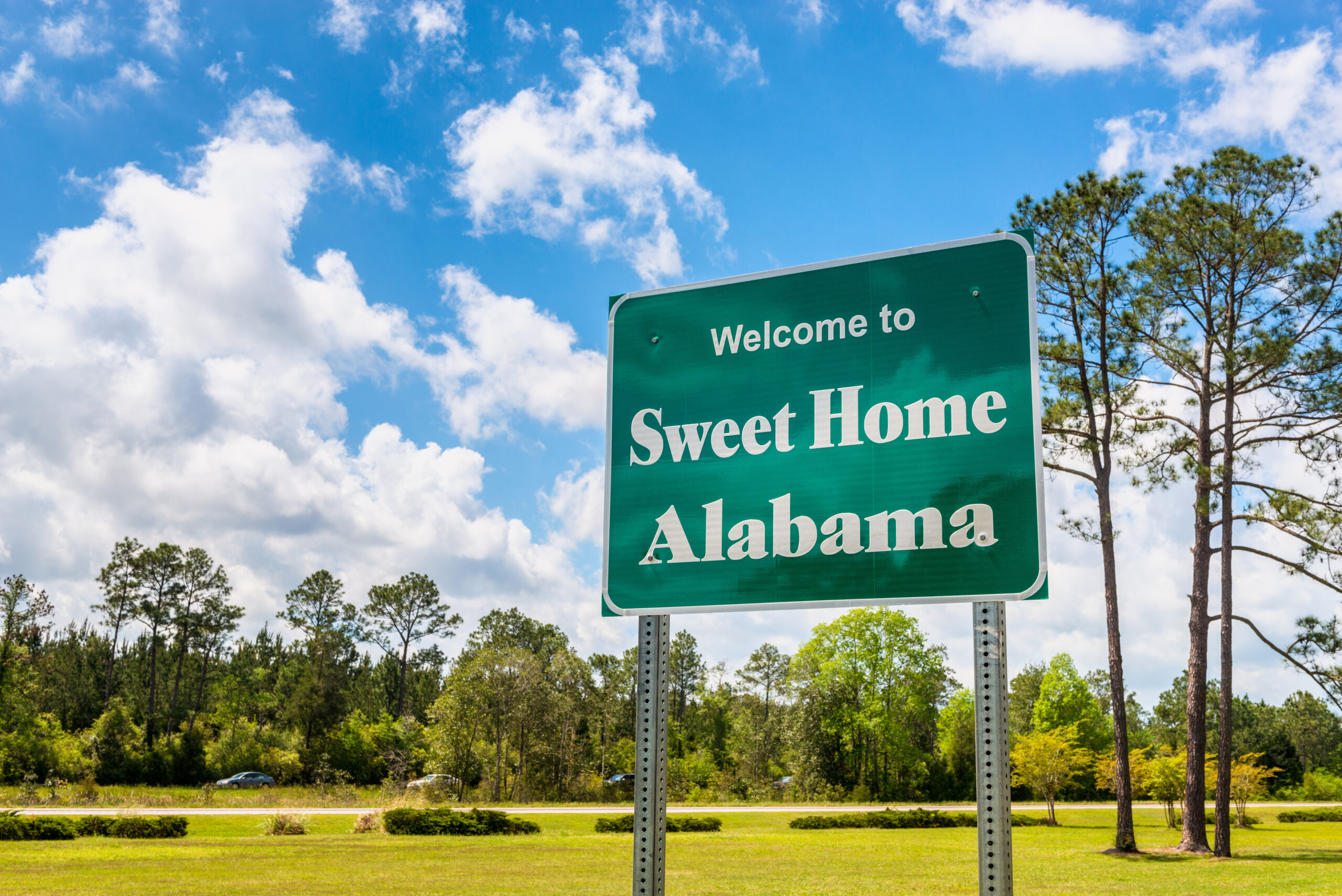A Roadmap from the Heart of the South
When people think of economic powerhouses, they might picture states with booming metro centers or coastal access to international trade routes. But here in Alabama, we’re showing that economic strength doesn’t have to come from the biggest cities or the biggest budgets—it can come from the heart of rural communities.
Over the past two decades, I’ve been honored to work in all 67 counties of this beautiful state. I’ve seen firsthand the determination, creativity, and pride that define Alabama’s small towns and rural regions. And while challenges still exist, we’ve also made tremendous strides in rural economic transformation.
I call it the “Alabama Model”—a blend of local leadership, state-level strategy, and good old-fashioned hard work. It’s a model built not on theory, but on the lived experience of our people. And if done right, it’s one that other states can learn from.
Recruitment that Respects Local Identity
Economic recruitment often begins with a pitch: tax incentives, infrastructure access, available workforce. Those things matter—but in Alabama, we’ve learned that successful recruitment also depends on authenticity.
When companies explore rural areas for potential investment, they’re not just looking at spreadsheets—they’re looking at culture, leadership, and long-term compatibility. Alabama’s rural communities have learned to lean into what makes them special. Instead of trying to mimic big cities, they highlight their heritage, work ethic, and community spirit.
I’ve worked with counties that turned former industrial decline into growth by emphasizing their readiness, not their regret. They mapped out available land, offered customized training partnerships, and told their stories with confidence. That’s what makes Alabama stand out—we don’t just recruit companies, we invite them to become part of something bigger.
Retention Through Relationships
Getting a company to open its doors is one thing. Keeping it rooted is another. In rural Alabama, we’ve learned that retention isn’t just about business incentives—it’s about relationships.
Local governments, workforce boards, and civic groups work closely with industry partners to maintain open lines of communication. When a plant has a problem, someone answers the phone. When there’s a need for a new workforce pipeline, leaders gather at the table.
This kind of hands-on engagement builds trust. It also helps businesses navigate inevitable growing pains—changes in leadership, shifts in market demand, or workforce transitions. By showing up consistently and solving problems together, Alabama communities have kept companies from leaving and helped them expand instead.
Retention is about more than economics—it’s about being a good neighbor. That’s a value we live by here.
Aligning Industry and Education
One of Alabama’s strongest strategies for rural transformation has been the alignment of education and industry. In too many places, students graduate without clear career pathways—and businesses struggle to find qualified workers. We’ve worked hard to close that gap.
Our community colleges have stepped up in a big way, offering industry-specific certifications, hands-on training, and apprenticeship programs that meet local needs. High schools are offering career technical education (CTE) tracks that prepare students for real jobs—not just diplomas.
I’ve seen welding labs inside former grocery stores, coding bootcamps in old libraries, and young people graduating with job offers already in hand. That’s the Alabama Model: take what you’ve got, and make it work smarter.
By building education-to-employment pipelines, we’re not just training workers—we’re empowering families and strengthening entire communities.
Infrastructure That Works for Rural Life
Economic development doesn’t happen in a vacuum. Roads, broadband, water systems, and public transportation play a huge role—especially in rural areas. Alabama has made significant investments in rural infrastructure, not just to attract companies, but to improve quality of life for everyone.
We’ve seen broadband expansion into areas that never had high-speed internet before—opening doors for telehealth, remote work, and online education. We’ve improved rural roads and upgraded utilities to prepare industrial sites for new use.
This kind of foundational investment sends a clear message: rural residents matter. And when rural places are truly ready, investment follows.
Faith, Grit, and Forward Motion
The Alabama Model isn’t just built on policy—it’s built on people. People who believe in their towns. People who show up to every meeting, volunteer at the local food bank, and run small businesses that double as community hubs.
It’s built on faith—faith in each other, and in a shared future that’s better than the past. And it’s built on grit—because rebuilding an economy in places that have been overlooked or written off takes courage, persistence, and heart.
From a single mom opening a bakery in a rural town, to a high school senior choosing a local apprenticeship over moving away, these are the stories of transformation. These are the stories that make Alabama special.
What Other States Can Learn
No two states are alike—but many of the challenges we face in rural development are universal: depopulation, workforce gaps, infrastructure decay, and economic inequality. The Alabama Model shows that with local leadership, aligned partnerships, and real community engagement, rural transformation is not only possible—it’s powerful.
Other states can replicate our approach by:
- Prioritizing relationship-building over short-term recruitment wins
- Making workforce alignment a statewide priority
- Investing in infrastructure with rural realities in mind
- Telling the truth about challenges, while boldly casting a vision for what’s possible
And above all, by listening—truly listening—to the people who live in these communities. Because they already know what they need. Our job is to help remove the barriers and let them build.
Alabama: Proud, Proven, and Poised for More
We may not be the biggest state. But we are bold. We are creative. And we are deeply committed to the people and places that make Alabama home.
Rural economic development isn’t a one-size-fits-all formula. It’s a journey. And here in Alabama, we’ve proven that with faith, strategy, and a whole lot of determination, even the smallest places can write the biggest comeback stories.
The Alabama Model works—and we’re just getting started.
